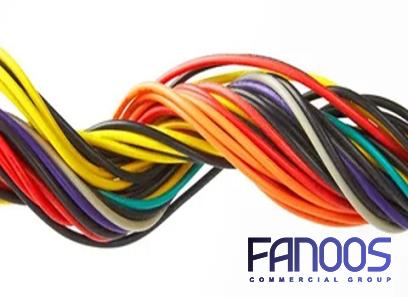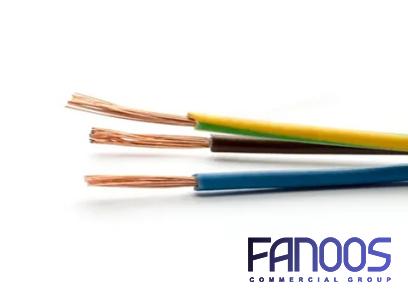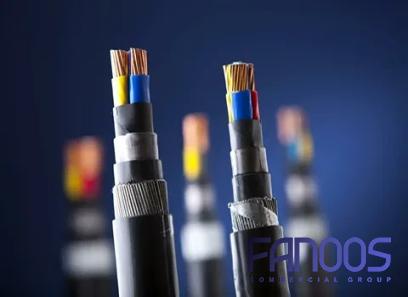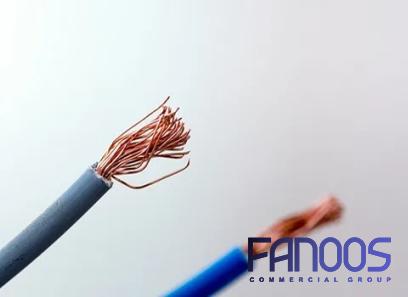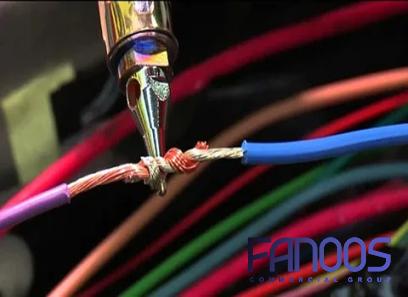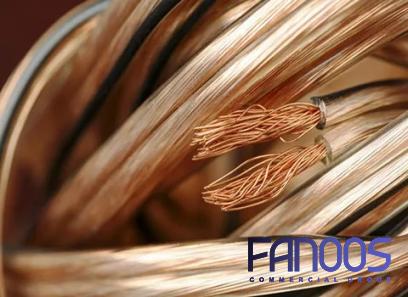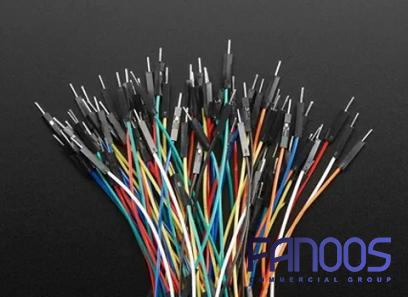Buy All Kinds of Underground Cable Methods+ Price
There are some technics and methods regarding the installation of electrical wire and cable used for underground conditions
The following will be an explanation of the various approaches that can be taken when laying underground cables
The proper installation and attachment of fittings, such as cable end boxes, joints, branch connectors, and so on, is a significant factor in determining the degree to which an underground cable network can be relied upon for uninterrupted service
Direct laying, the draw-in system, and the solid system are the three most common approaches to installing underground cables
Direct laying is the most common technique
Direct laying: This approach to installing underground cables is quick, easy, and cost-effective, making it one of the most popular options in today’s industry
This technique for laying underground cables involves digging a trench that is approximately 0
5 meters deep and 45 centimeters wide
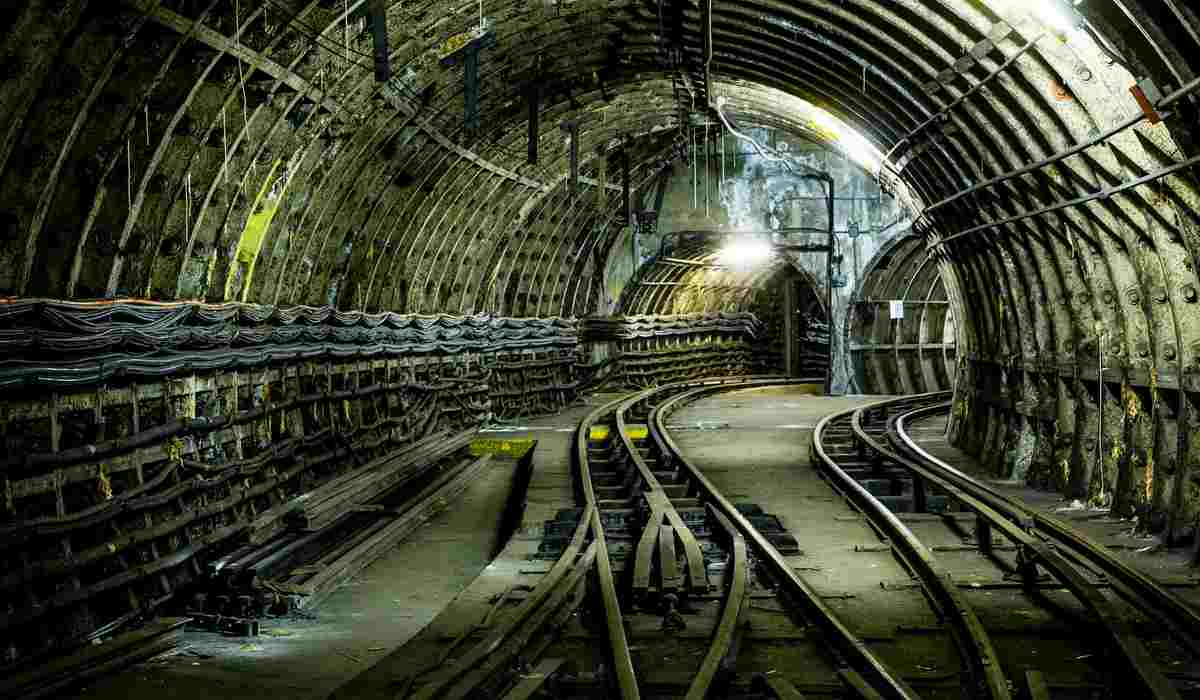
After the trench has been filled with a layer of fine sand (with a thickness of approximately 10 centimeters), the cable is then laid out on top of the sand bed
Because the sand blocks the entry of moisture from the ground, the cable is shielded from deterioration and kept in good condition
Following the laying of the cable in the trench, it is then covered with an additional layer of sand that is approximately ten centimeters thick
After that, the trench is covered with bricks and other materials in order to shield the cable from the risk of being damaged by a mechanical force
A horizontal or vertical interaxial spacing of at least 30 centimeters must be provided when more than one cable is going to be laid in the same trench
This is done in order to reduce the effect of mutual heating and also to ensure that a fault that occurs on one cable does not damage the cable that is adjacent to it
In order to prevent corrosion and electrolysis, the cables that are going to be laid out in this manner are required to have servings of bituminous paper and Hessian tape applied to them
Advantages: (i) The method is both straightforward and economical
(ii) It creates the optimal conditions for removing the heat that is produced by the cables in the system
(iii) Because the cable is not visible and there are no disruptions from the outside, this method is both hygienic and secure
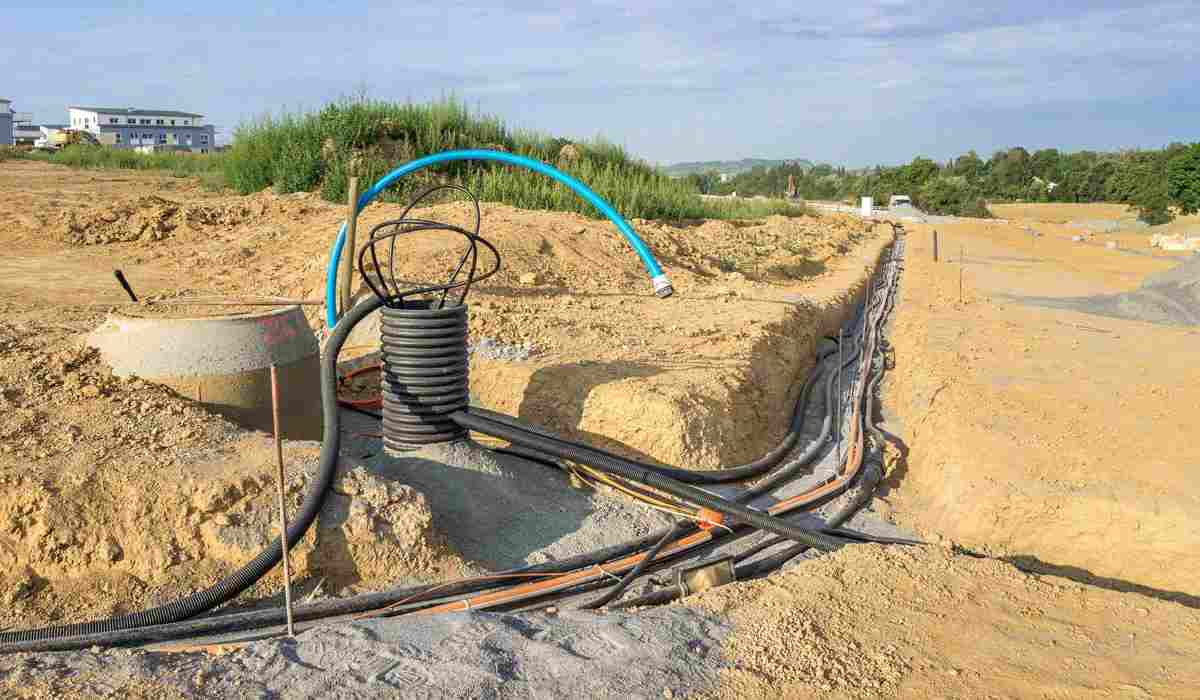
Disadvantages: (i) The only way to increase the load capacity is to conduct an entirely new excavation, which could end up costing just as much as the initial job
(ii) There is a high barrier to entry when it comes to making changes to the cable network
(iii) The price of upkeep is prohibitively expensive
(iv) It can be difficult to pinpoint the exact location of the problem
(v) It cannot be used in crowded areas because excavation in those kinds of places is both difficult and costly
When laying cables using this method, it is done so in open areas where excavation can be carried out quickly, easily, and at a low cost
Draw-in System: This technique for laying underground cables involves inserting conduit or duct made of glazed stone, cast iron, or concrete into the ground at suitable positions along the cable route
Manholes are also installed at these suitable positions
After that, the cables are pulled into place from within the manholes
A section through a four-way underground duct line is depicted in the figure below
Transmission cables are routed through three of the ducts, while relay protection connection and pilot wires are routed through the fourth duct
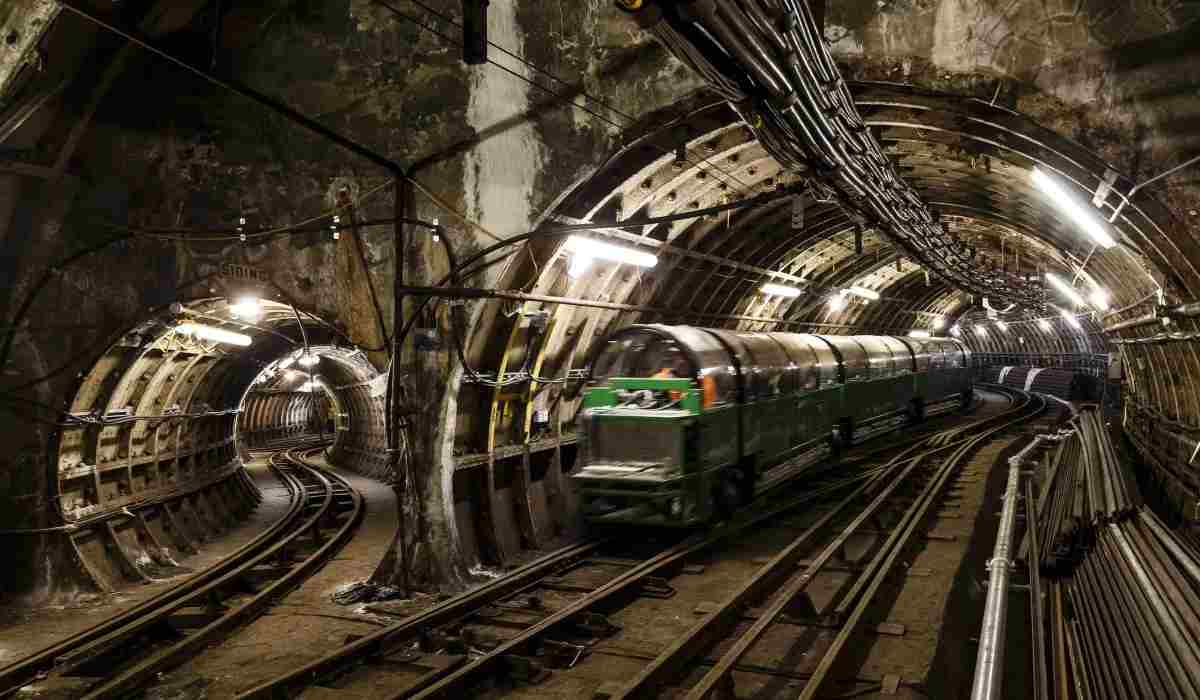
If the depths, dips, and offsets at the point where the duct line changes direction are not made with a very long radius, then it will be difficult to pull a large cable between the manholes
Care must be taken to ensure that this happens
In order to make the process of pulling in the cables easier, there should not be an excessive amount of space between the manholes
It is not necessary for the cables that will be laid in this manner to be armored; however, they will need to be served with hessian and jute in order to ensure that they are protected while being pulled into the ducts
Advantages: (i) It is possible to make adjustments, modifications, or additions to the cable network without having to open the ground
(ii) Because the cables are not armored, the joints are much easier to construct, and the amount of money needed for maintenance is significantly lower
(iii) As a result of the robust mechanical protection offered by the system, the likelihood of a malfunction occurring is significantly reduced
Disadvantages: (i) The initial investment is quite substantial
(ii) Because of the close proximity of the cables to one another and the unfavorable conditions for the dissipation of heat, the current carrying capacity of the cables has been reduced
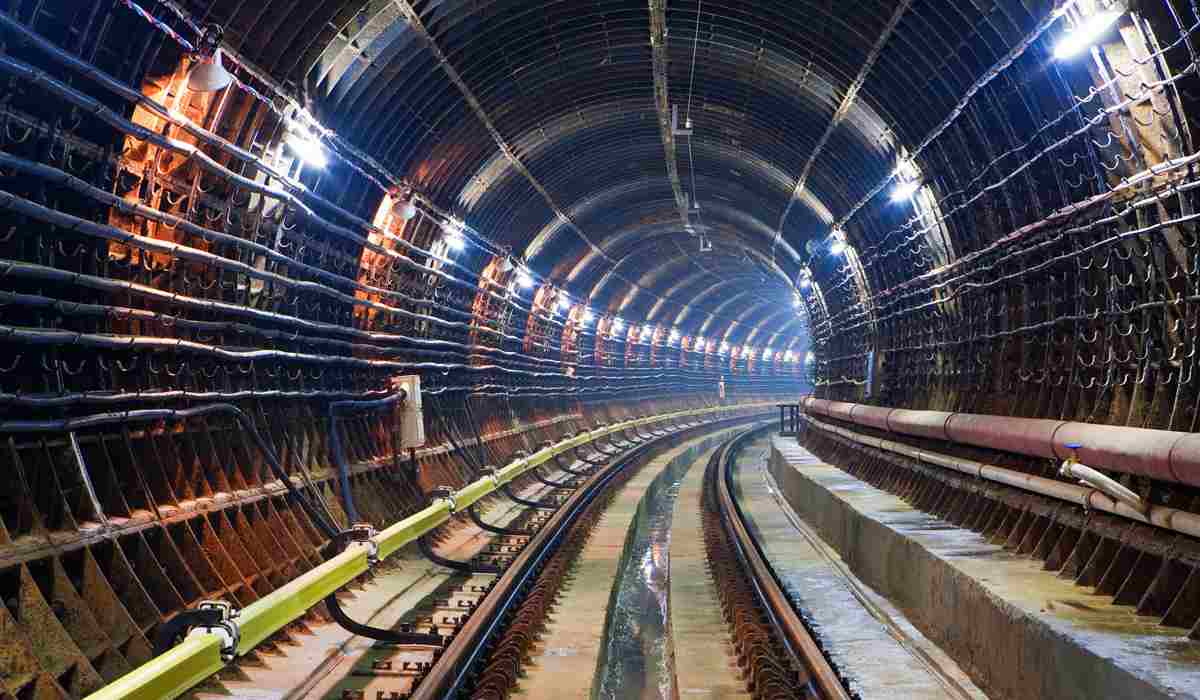
Because once the conduits have been laid, repairs or alterations can be made without opening the ground, this method of laying underground cables is suitable for congested areas where excavation is expensive and inconvenient
This is because once the conduits have been laid, repairs or alterations can be made
This method is typically utilized for cable routes that are of a shorter length, such as those found in workshops or at road crossings where frequent digging is either prohibitively expensive or not possible
Solid System: This technique for laying underground cables involves digging open pipes or troughs in the ground along the route of the cable
The cable is then laid in these open pipes or troughs
Cast iron, stoneware, asphalt, or pressure-treated wood may be used for the troughing
Following the laying of the cable in its final location, the troughing is then covered over with a bituminous or asphaltic compound and filled with it
Because troughing offers such good mechanical protection, cables that are laid out in this manner are typically just covered in plain lead
Disadvantages: (i) The price is significantly higher than that of the direct laid system
(ii) It is necessary to have access to skilled labor as well as favorable climatic conditions
(iii) The cable has insufficient heat dissipation facilities, which results in a diminished capacity for the amount of current it can carry
